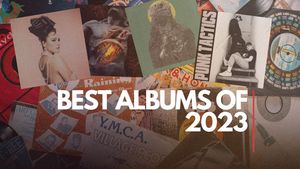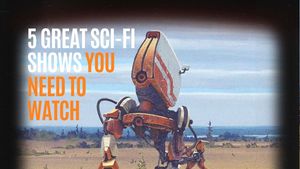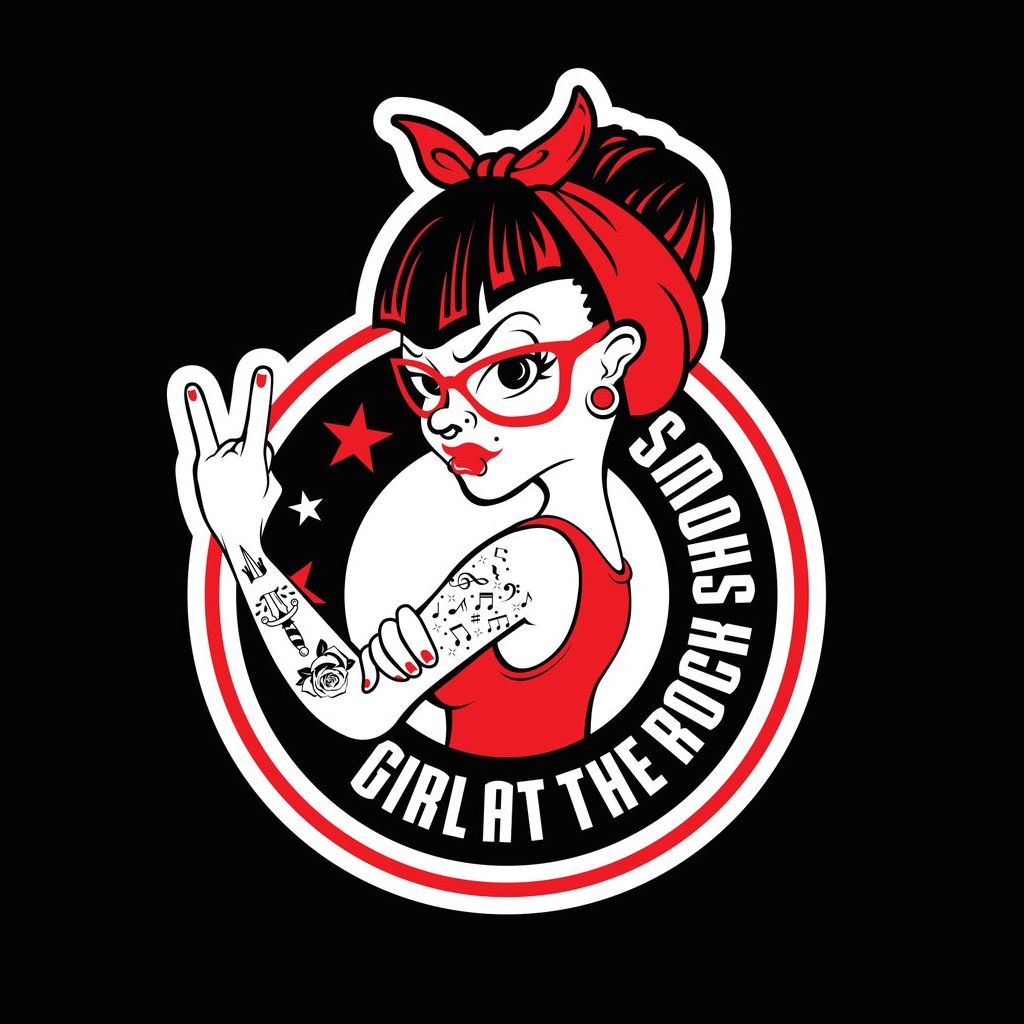
From The Industrial Revolution To The AI Technology: Art In 0 And 1
Through the Industrial Revolution, the United States transitioned from a mostly agricultural civilization to an urbanized nation with industrial centers dispersed across the country. The social structure of America was greatly impacted by urbanization and industrialization. Through new technology advancements and ideas that migrated from Great Britain, it opened up more work options, changed the system of classes, and produced a speedier style of life.
Technology and jobs for everyone
The first Industrial Revolution started in Great Britain after a number of noteworthy discoveries and technological advancements. Mass manufacture of commodities started to replace cottage industry starting about 1750. The second stage of the Industrial Revolution reached the United States in the 19th century as knowledge spread. Samuel Slater, who immigrated from England to start a textile factory, is frequently referred to as the "Father of the American Industrial Revolution."
Moses Brown, an American manufacturer, hired Slater to construct the nation's first productive water-powered mill. The Rhode Island System was the name given to Slater's production organization. He created mill communities known as Slatervilles by erecting tenement housing all around his mills. The homes would be occupied by mill workers. Children, men, and women all had jobs.
Early in the American Industrial Revolution, industrialisation started to extend throughout the Midwest and northern regions. The American South was the only part of the US that essentially stayed unaltered. Although the South was quickly impacted by industrialization, significant changes wouldn't occur there until the first half of the 20th century.
Cities in northern and midwestern states began to revolve around their factories. The latter two decades of the 19th century saw an exponential expansion in American cities. The population of cities increased by roughly 15 million as a result of local inhabitants, migration from the South, and immigration from outside.
A new class is born
The American class system underwent structural shift as a result of factory jobs. Most folks had previously been farmers. Large plantations were controlled by wealthy elites, who employed tenant farmers to reside there in exchange for working the plantation. At the time, yeomen were regarded as "middle class." They owned property and ran their own farms. The lowest class in the social structure was that of the poor and the slaves. A working class was established when more employment were made available by the Industrial Revolution.
The AI revolution
Today's top talent is knowing how to code. It will soon be replaced with more difficult to learn abilities. Core competences of the future will also call for distinct aptitudes and education. Basic coding and programming skills are going to become significantly less important and required than resourcefulness, integrative thinking, and communication. And if coders don't actively focus on the second skill set, these two groups of individuals could be different.
Humanities will be more in demand. The humanities will no longer be seen as inferior or outmoded academic fields. In prestigious colleges in India and overseas, this has already started to occur. Additionally, individuals who are actually ambitious would need to travel frequently, so they would need to become used to adjusting to strange cultures and timetables. With everyone having access to extremely intelligent technologies, it will also be more difficult for today's young people to identify themselves as experts or intellectuals.
The fourth industrial revolution is finally bringing about the profound transformation in how we live and work that has been predicted for many years. A preview of what's to come is offered by OpenAI's ChatGPT, a potent chatbot that was released in November. The Generative Pretrained Transformer (GPT) is a cutting-edge artificial intelligence (AI) model for language processing. It can produce output that resembles that of a person for both straightforward and sophisticated activities, including coding. These technologies have been developed over many years by several companies, but the majority of these models are not yet open to the public. The cost of utilizing their next versions has decreased because to the rapid advancement of technology, making them more generally available.
Text, audio, video, and other formats can already be integrated using these technologies. However, it will still take some time for them to properly duplicate human synthesis. It will be useful to have knowledge of higher-level coding to combine various technologies for unique applications. The historical data that AI technology uses is regularly updated. However, it is unable to foresee significant changes or departures from established trends. Those who can anticipate them will rise to the top. This intuition is hard to develop and often develops via effort and experience. Therefore, the young would be at a disadvantage.
What about the artists?
In an industry where many creators are willing to work for free or for extremely low pay on gig websites, the supply almost always outweighs the demand. It is already challenging to make a living if you are even one of the fortunate few to land the gig. Now, put yourself in the director's shoes. If they are perhaps students or first-time directors with this modest budget, why reasonably would they choose to spend 5K on a musician when they can pay $8.99 per month and have an AI to write the music?
There will always be a market for human labor and human-created works, but the reality is that market is just going to inevitably get smaller and smaller and smaller from a business standpoint. For example, hiring 5 people to take orders at a fast food restaurant when AI can do the job more quickly and accurately for a fraction of the cost is a no-brainer move for a big company.
It's not all bad news and there is a certain advantage of these AI tools is that they free up a lot of resources to allow creators to produce more work for as many jobs and roles as AI will challenge. They will also free up human resources to concentrate on more high-value tasks rather than being stuck doing a lot of the menial tasks that typically takes up a lot of time and money. The sad side effect of many of these AI tools is that when utilizing these kinds of AI tools, a lot of the beauty of the creative spirit and collaborative spirit is lost.









